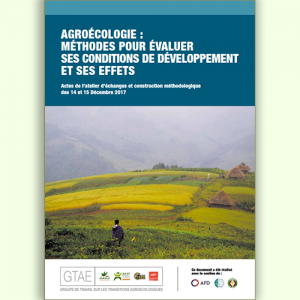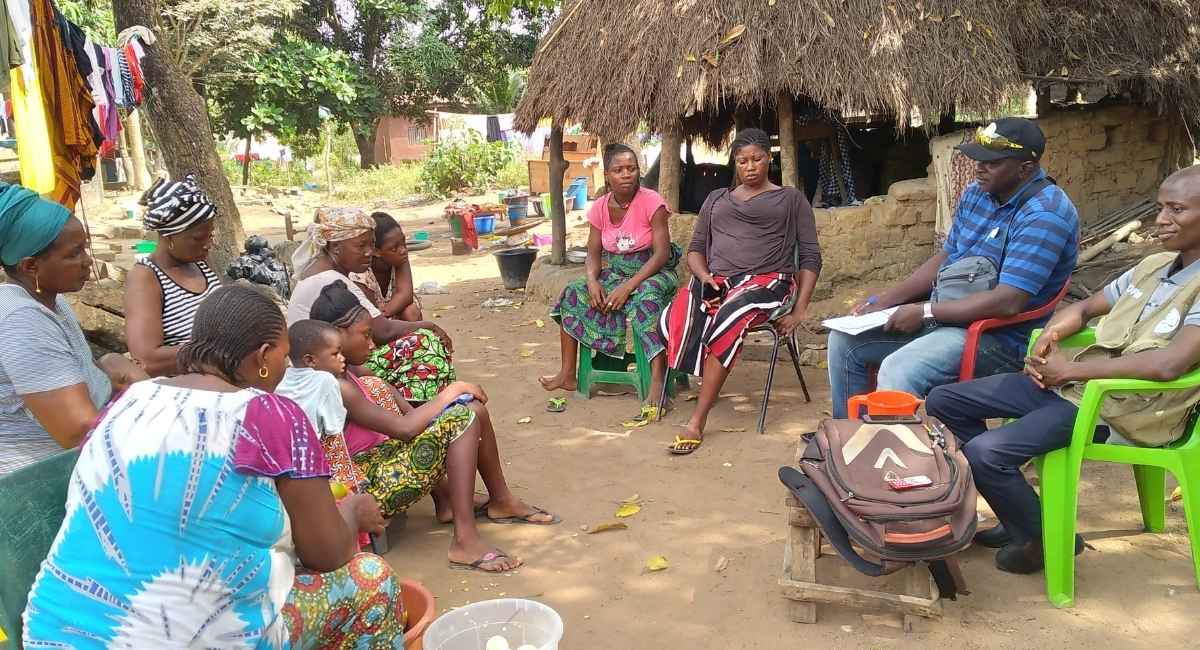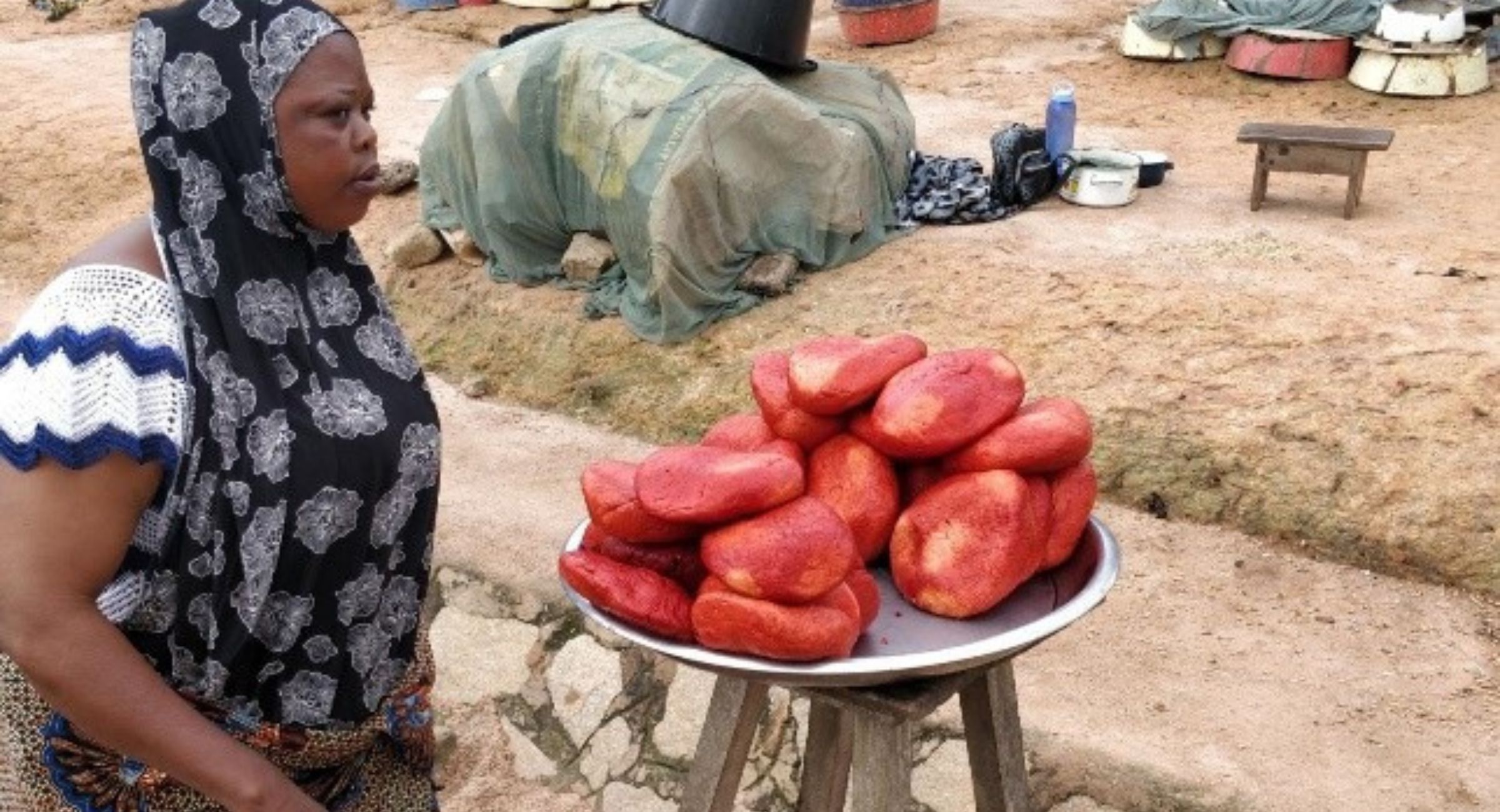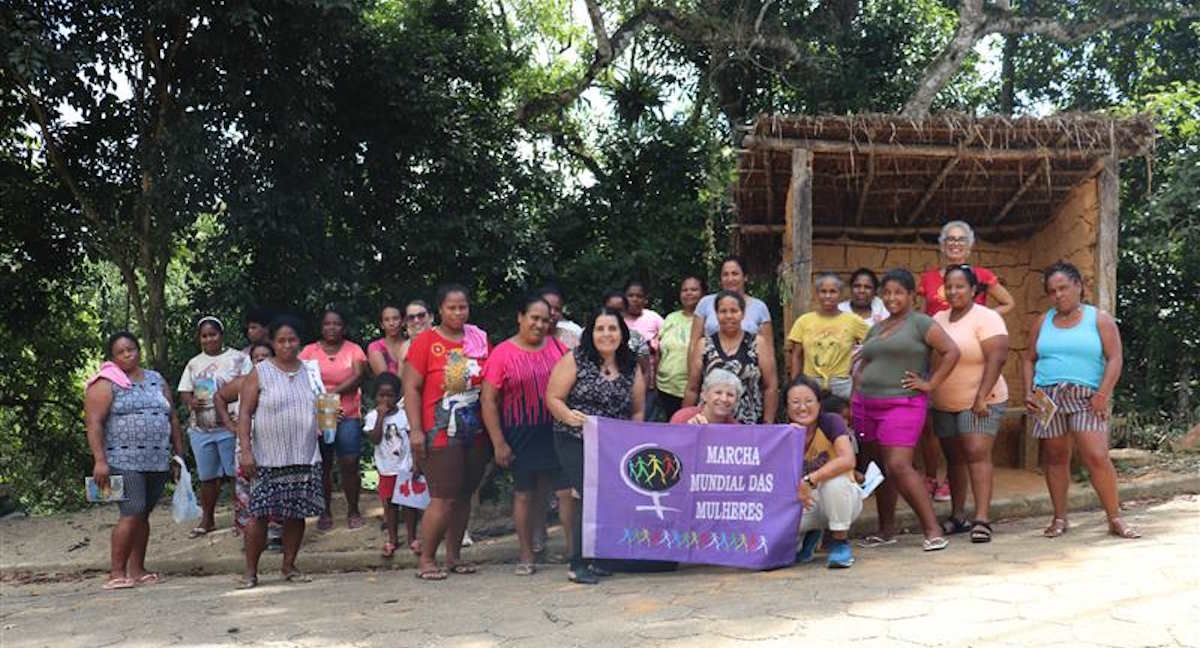Prove the effectiveness of this concept: that is the aim of the four NGOs that make up the Work group on agroecological transitions (GTAE) – Agrisud, AVSF, CARI and GRET. How? By creating reliable, objective evaluation benchmarks, which up to now have never been put in place. To do this, they laid the bases of an initial method (developed based on results provided by the Calao project) and organised a participative workshop. This event brought together approximately one hundred stakeholders from the sector, in order to co-construct a method and common tools. GTAE has now published the proceedings of this workshop. (in French)
Agroecology: considerable potential for agricultural production
Several studies have already demonstrated the benefits of agroecology. The Calao project, conducted by GTAE in 2017, strengthens these assertions. Rolled out in three West African countries (Burkina Faso, Senegal and Togo), where different production systems were compared, this project made it possible to highlight the positive effect of agroecology on yields and agricultural income.
This is particularly the case for farms that combine agricultural activities and livestock breeding, especially in Senegal. Calao made significant progress in the development of a common methodology; however, several aspects must be improved in order to ensure satisfactory coordination between socio-economic evaluation and agro-environmental evaluation.
Unified criteria for better evaluation of the effects of the impact of agroecology
Currently, several methods of evaluation exist, which vary according to contexts and approaches. But it is above all necessary to be able to compare results according to identical indicators, rather than “homogenising” the approach. These criteria and indicators must consequently be defined according to the elements that characterise an agroecological approach:
- The 3 complementary levels: plot, farm, territory.
- The 2 fundamental aspects: agro-environmental and socio-economic.
This inclusion of interactions within a farm or a territory at different levels of analysis requires multiple, multi-disciplinary variables to be considered. Added to this are criteria relating to “trajectories of change”, to analyse the evolution of agroecological practices in terms of transitions.
During the workshop, confrontation of methods, their limits and conditions for implementation led to the creation of a grid for analysis of practices and trajectories of change (Proceedings of the workshop, page 42, in French only), as well as a grid for evaluation of the socio-economic and agro-environmental effects of agroecological practices (Proceedings of the workshop, pages 48 to 51, in French only).
Key points for evaluation of performance and conditions for development of agroecology
The workshop made it possible to highlight a certain number of recommendations in these evaluative approaches. Time emerges as an important element because it varies according to the actions taken. For example, research programmes are carried out over longer periods than field projects. This is why it is necessary to adapt fields of evaluation, criteria and methods according to the objectives of these various stakeholders. Inclusion of causes enables better understanding and evaluation of the overall performance of agroecology and of transition processes. Lastly, men and women farmers should be placed at the core of the evaluation approach. The latter are developers of constant innovations that are not widely visible, and it is necessary for researchers and practitioners to allow these practices to emerge and to understand them in order to enrich evaluation by connecting it to reality and to farmers’ objectives.
The workshop also made it possible to develop a common basis, the content of which has yet to be fine-tuned. It must enable development practitioners on the one hand to better evaluate their actions and make comparisons between situations in different territories. On the other hand, it must help to convince political deciders of the pertinence and effectiveness of agroecological production systems, so that greater resources will be allocated for their development. It must also make it possible to orient advice on farming and approaches supporting farmers in this transition.






